Home>Home Appliances>Home Automation Appliances>When Will Sonos Work With Google Home?
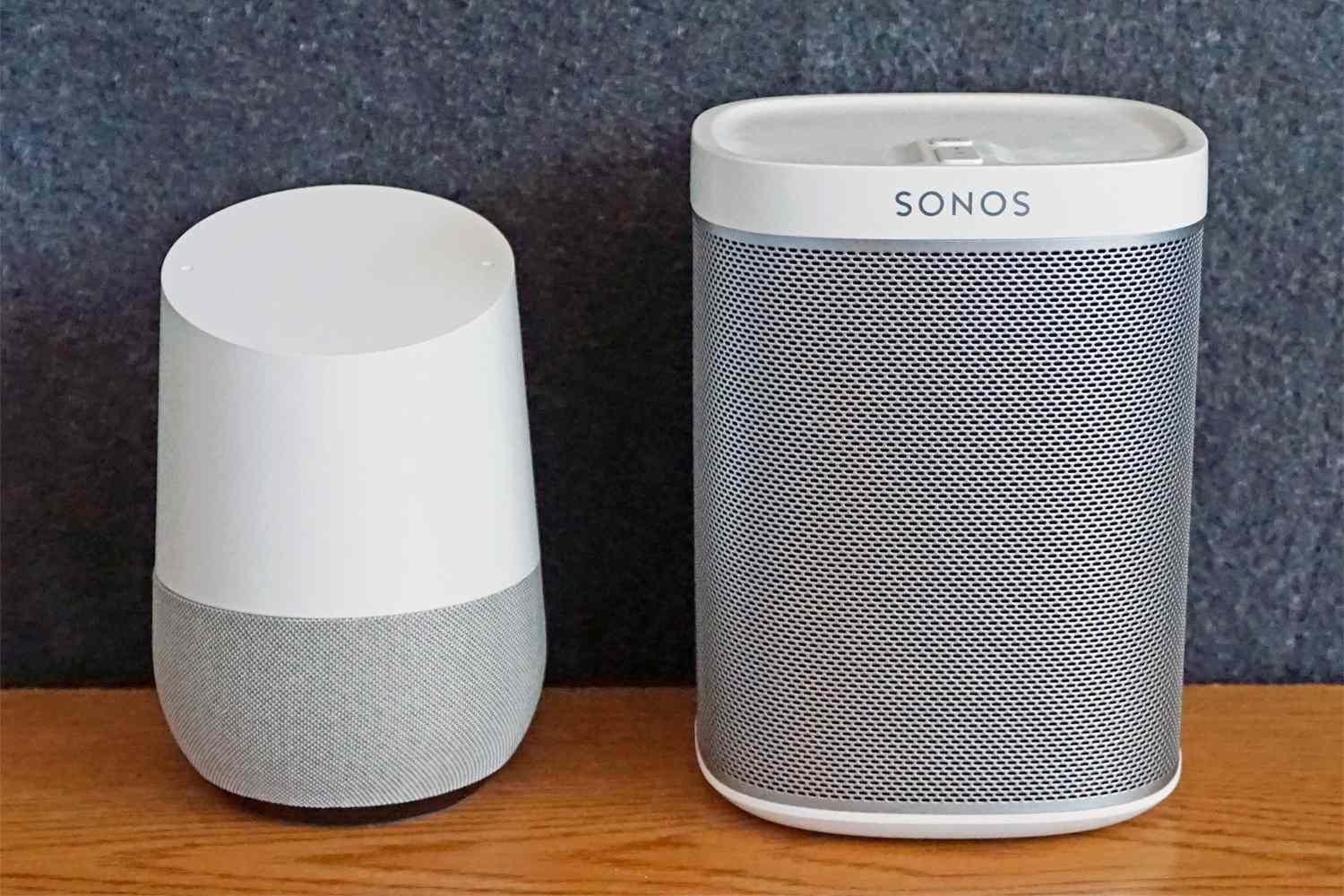

Home Automation Appliances
When Will Sonos Work With Google Home?
Modified: January 9, 2024
Find out when Sonos will be compatible with Google Home and other home automation appliances. Stay updated on the latest developments.
(Many of the links in this article redirect to a specific reviewed product. Your purchase of these products through affiliate links helps to generate commission for Storables.com, at no extra cost. Learn more)
Introduction
Home automation technology has revolutionized the way we interact with our living spaces, offering unparalleled convenience and control. Sonos and Google Home are two prominent players in this arena, each offering unique features and capabilities. However, the integration of Sonos with Google Home has been a topic of interest and speculation for many users. As smart home enthusiasts eagerly anticipate the seamless collaboration between these two platforms, it’s essential to explore the current state of their integration, the challenges involved, and the potential timeline for achieving this long-awaited synergy.
Key Takeaways:
- Sonos and Google Home are not fully integrated yet, but users can use workarounds to connect them. The integration faces challenges like different communication protocols and the need for seamless coordination of audio playback.
- The timeline for Sonos and Google Home integration is uncertain, but both companies are likely working on it. The integration process may involve phased rollouts and collaborative engineering efforts to overcome technical challenges.
Read more: What Products Work With Google Home
Current State of Sonos and Google Home Integration
As of the present moment, Sonos and Google Home operate as separate entities, with limited direct integration between the two systems. While both platforms offer exceptional audio and smart home capabilities, the ability to seamlessly control Sonos speakers using Google Home commands remains a sought-after feature that has yet to reach full fruition.
Currently, users can employ workarounds to connect Sonos speakers to the Google Home ecosystem. This typically involves using the Google Home app to cast audio to Sonos speakers via a compatible device. While this method allows for some level of interaction between the two systems, it falls short of providing the cohesive, integrated experience that users are eagerly anticipating.
It’s important to note that both Sonos and Google Home have made significant strides in enhancing their individual functionalities. Sonos continues to refine its multi-room audio capabilities, offering users the flexibility to create immersive soundscapes throughout their homes. Meanwhile, Google Home has expanded its repertoire of voice commands and smart home integrations, empowering users to control various connected devices with simple voice prompts.
Despite these advancements, the lack of seamless integration between Sonos and Google Home represents a notable gap in the overall smart home experience. As such, users are left eagerly anticipating the day when these two powerhouse platforms will join forces to deliver a truly unified and intuitive home audio solution.
Challenges in Integrating Sonos with Google Home
The integration of Sonos with Google Home presents a unique set of challenges, stemming from the distinct architectures and functionalities of each platform. One of the primary obstacles lies in the differing communication protocols and data formats utilized by Sonos and Google Home. Sonos relies on its proprietary technology for audio streaming and synchronization, while Google Home operates within its own ecosystem, utilizing specific protocols for device control and data exchange.
Furthermore, the intricacies of synchronizing multi-room audio playback between Sonos speakers and Google Home devices pose a significant technical hurdle. Achieving seamless coordination and synchronization across these disparate systems requires meticulous attention to latency, audio quality, and network stability. Ensuring that audio playback remains consistent and harmonized across various Sonos and Google Home devices represents a complex engineering challenge that demands meticulous optimization and testing.
Another notable challenge involves the seamless integration of voice commands and control mechanisms. While both Sonos and Google Home offer voice-activated functionalities, harmonizing these features to deliver a cohesive and intuitive user experience requires careful consideration of natural language processing, voice recognition, and command interpretation. The ability to seamlessly transition between controlling Sonos speakers and issuing commands to Google Home devices represents a significant technical feat that necessitates robust software architecture and seamless interoperability.
Additionally, privacy and security considerations play a pivotal role in the integration of Sonos with Google Home. Ensuring that data exchange and communication between the two platforms adhere to stringent privacy standards while maintaining robust security protocols represents a critical aspect of the integration process. Balancing the seamless flow of information with the protection of user privacy and data security requires a meticulous approach to encryption, authentication, and data governance.
Ultimately, the successful integration of Sonos with Google Home hinges on overcoming these multifaceted challenges, which demand a comprehensive understanding of audio engineering, software development, and smart home technology integration. As both platforms continue to evolve, addressing these challenges will be instrumental in realizing a harmonious and seamless integration that elevates the smart home audio experience for users.
Sonos now works with Google Home through the Google Assistant. You can control your Sonos speakers using voice commands with Google Home. Just make sure to link your Sonos account with the Google Home app.
Potential Timeline for Sonos and Google Home Integration
Anticipation for the seamless integration of Sonos with Google Home has sparked widespread curiosity regarding the potential timeline for this transformative collaboration. While concrete timelines are subject to the complexities of software development, testing, and partnership negotiations, it’s valuable to explore the plausible trajectory for achieving this highly anticipated integration.
Given the dynamic nature of the smart home technology landscape, it’s reasonable to expect that Sonos and Google Home are actively engaged in strategic discussions and collaborative efforts to bring their platforms into closer alignment. The commitment to delivering enhanced user experiences and the mutual benefits of interoperability suggest that both companies are motivated to expedite the integration process.
From a technical standpoint, the integration of Sonos with Google Home necessitates a meticulous approach to software development, testing, and refinement. As such, it’s plausible to envision a phased rollout of integration features, with initial iterations focusing on foundational connectivity and basic command functionality. This iterative approach allows for incremental enhancements and refinements, ensuring a robust and reliable integration that aligns with the high standards set by both Sonos and Google Home.
Collaborative efforts between Sonos and Google Home may also involve joint research and development initiatives aimed at addressing the technical complexities inherent in integrating their respective platforms. This collaborative engineering approach could expedite the resolution of critical challenges related to audio synchronization, voice command harmonization, and data exchange protocols, paving the way for a more streamlined and cohesive integration process.
Furthermore, the evolving landscape of smart home standards and protocols, such as the emergence of advanced audio streaming technologies and enhanced voice control capabilities, may influence the timeline for Sonos and Google Home integration. By leveraging the latest advancements in smart home technology, both companies can align their integration efforts with the forefront of innovation, delivering a future-proofed integration that embodies the cutting edge of home audio and automation.
While specific timelines for the integration of Sonos with Google Home remain speculative, the shared commitment to delivering exceptional user experiences and the synergistic potential of their collaboration suggest that the wait for this transformative integration may be marked by iterative milestones and progressive enhancements. As users eagerly await the seamless unification of these two influential platforms, the potential timeline for Sonos and Google Home integration reflects a convergence of innovation, collaboration, and a steadfast dedication to redefining the smart home audio experience.
Conclusion
The convergence of Sonos and Google Home represents a highly anticipated milestone in the realm of smart home technology. While the current state of integration presents notable challenges, the potential for a seamless and intuitive collaboration between these two platforms holds immense promise for enhancing the smart home audio experience.
As users eagerly await the realization of this transformative integration, it’s essential to recognize the intricate technical hurdles and collaborative efforts that underpin this ambitious endeavor. The complexities of audio synchronization, voice command harmonization, and data exchange protocols underscore the meticulous engineering and innovation required to seamlessly unite Sonos and Google Home.
Looking ahead, the potential timeline for Sonos and Google Home integration reflects a convergence of strategic collaboration, technical refinement, and a commitment to delivering unparalleled user experiences. While specific timelines remain speculative, the iterative nature of software development and the dynamic evolution of smart home technology suggest that the integration process will unfold in progressive stages, culminating in a harmonious and cohesive union of these influential platforms.
Ultimately, the integration of Sonos with Google Home embodies the spirit of innovation and collaboration that defines the smart home landscape. As users envision a future where their audio and smart home ecosystems seamlessly intertwine, the journey toward this transformative integration serves as a testament to the relentless pursuit of excellence and the boundless potential of interconnected technologies.
In conclusion, the integration of Sonos with Google Home stands as a beacon of possibility, embodying the collective vision of two industry leaders striving to redefine the boundaries of smart home audio. As this journey unfolds, the shared anticipation for a seamless and intuitive collaboration reflects the enduring excitement and optimism surrounding the convergence of these influential platforms.
Frequently Asked Questions about When Will Sonos Work With Google Home?
Was this page helpful?
At Storables.com, we guarantee accurate and reliable information. Our content, validated by Expert Board Contributors, is crafted following stringent Editorial Policies. We're committed to providing you with well-researched, expert-backed insights for all your informational needs.
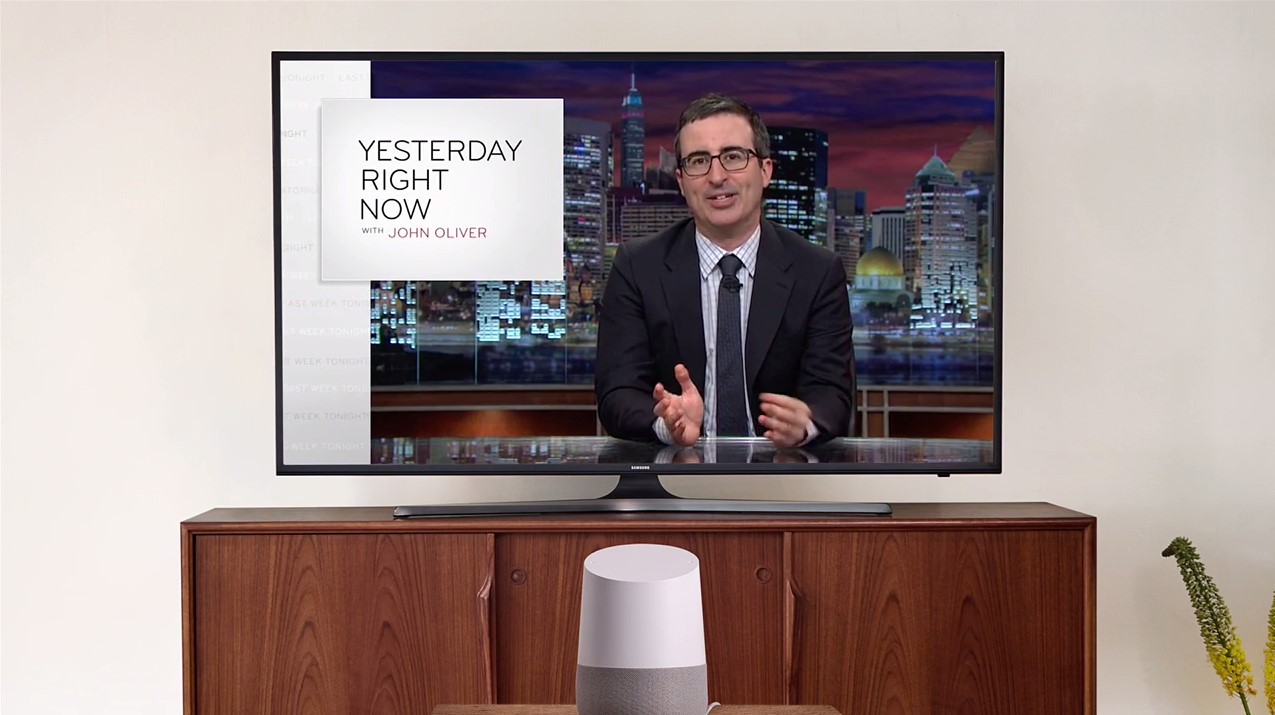
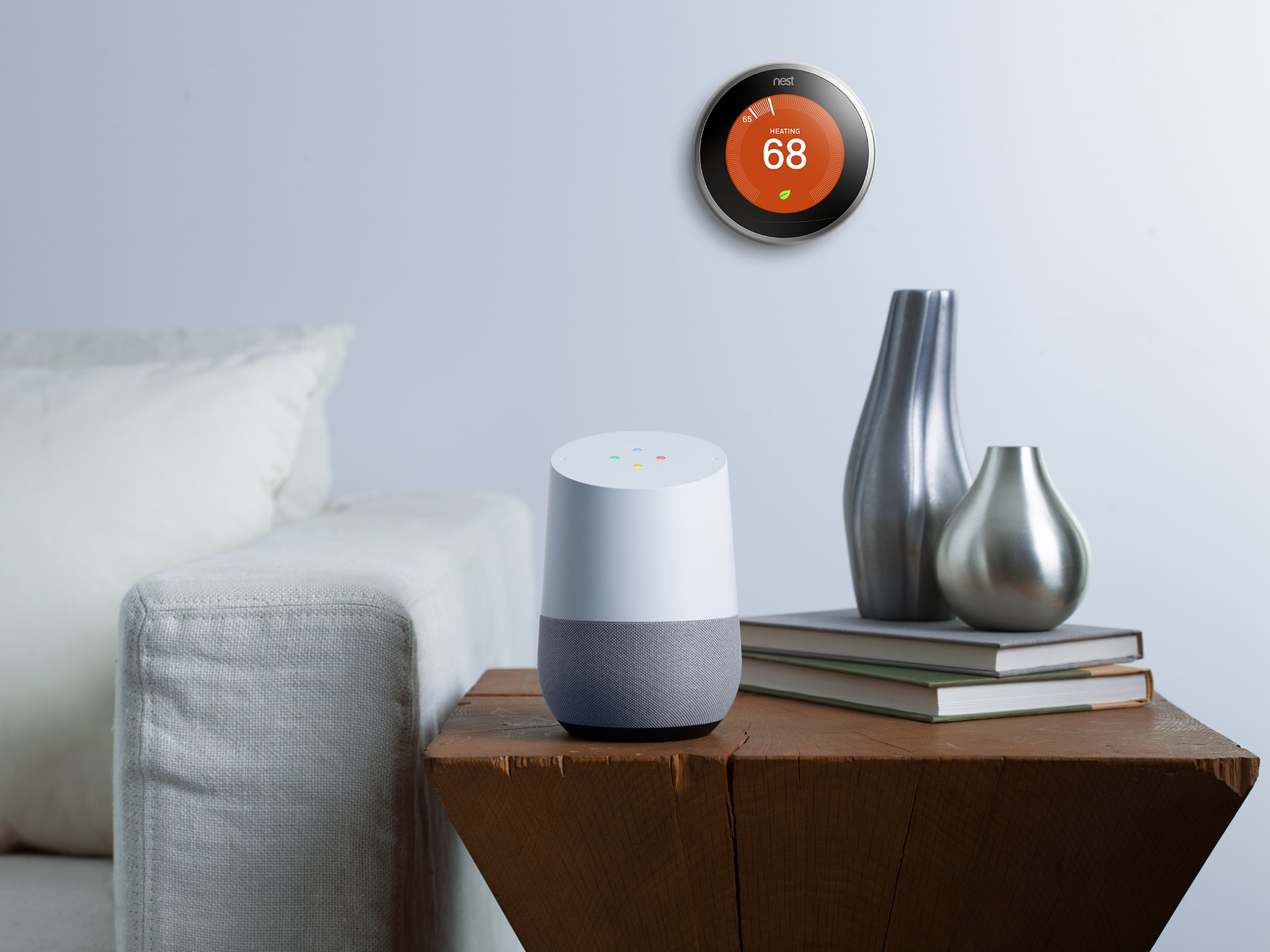
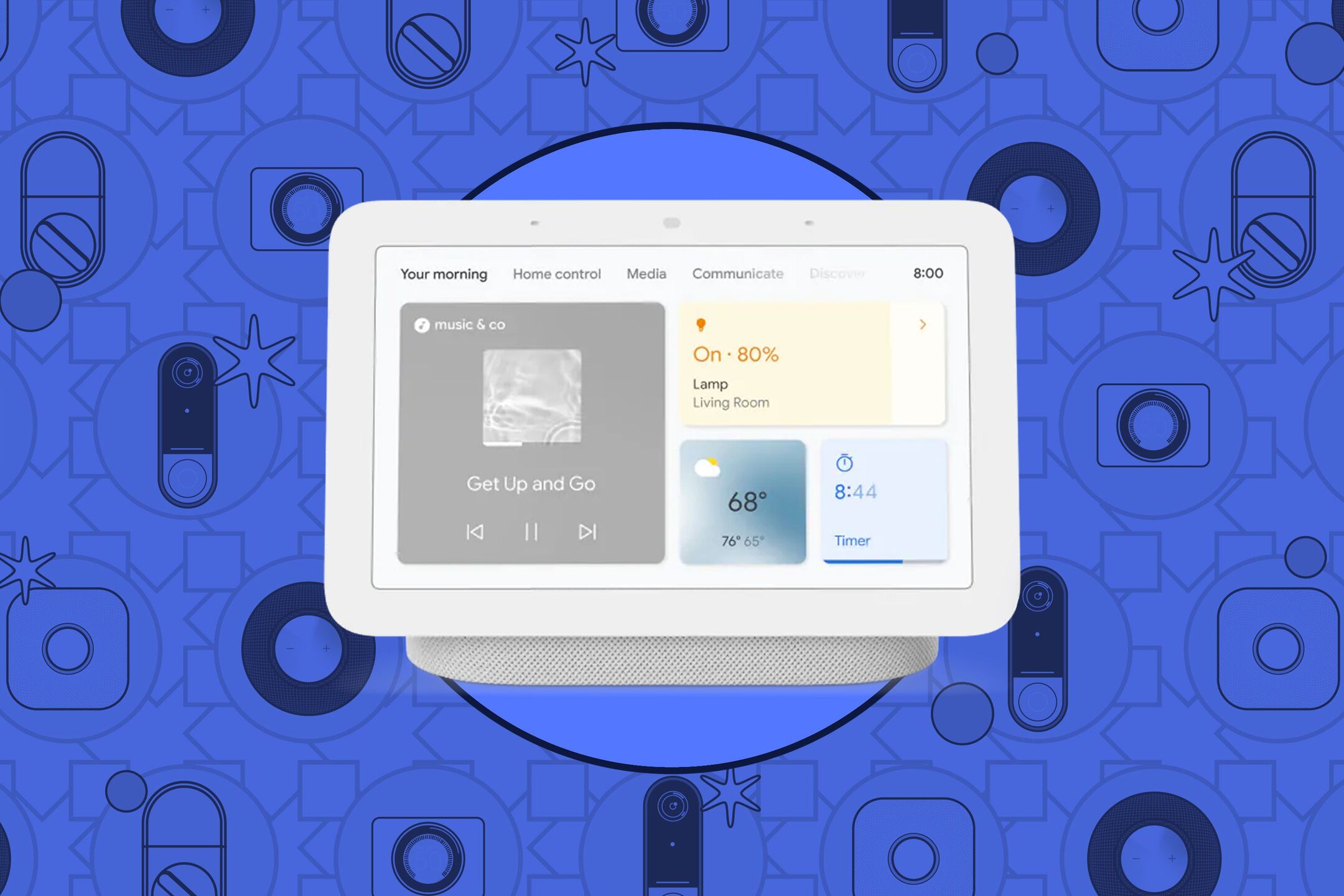
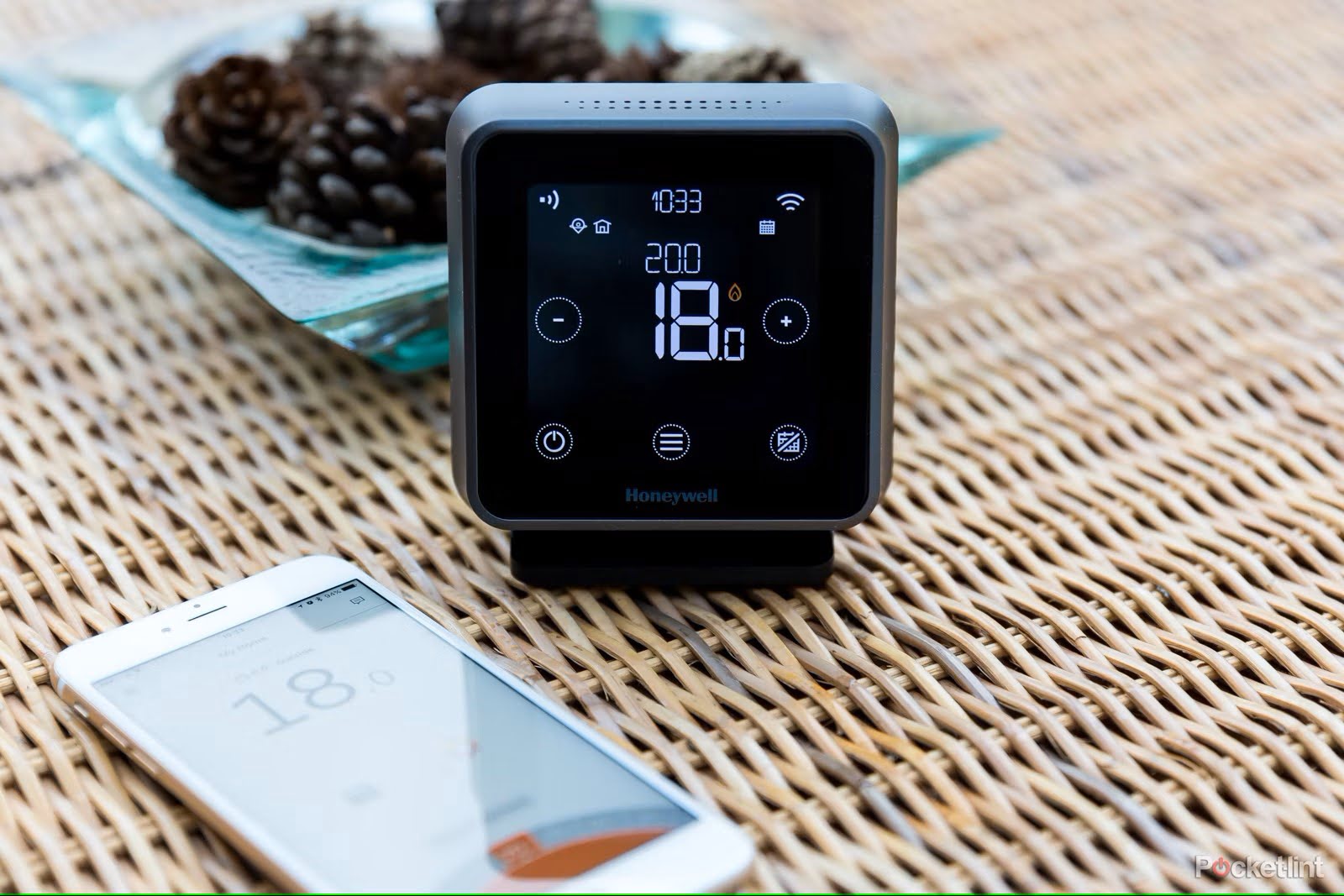
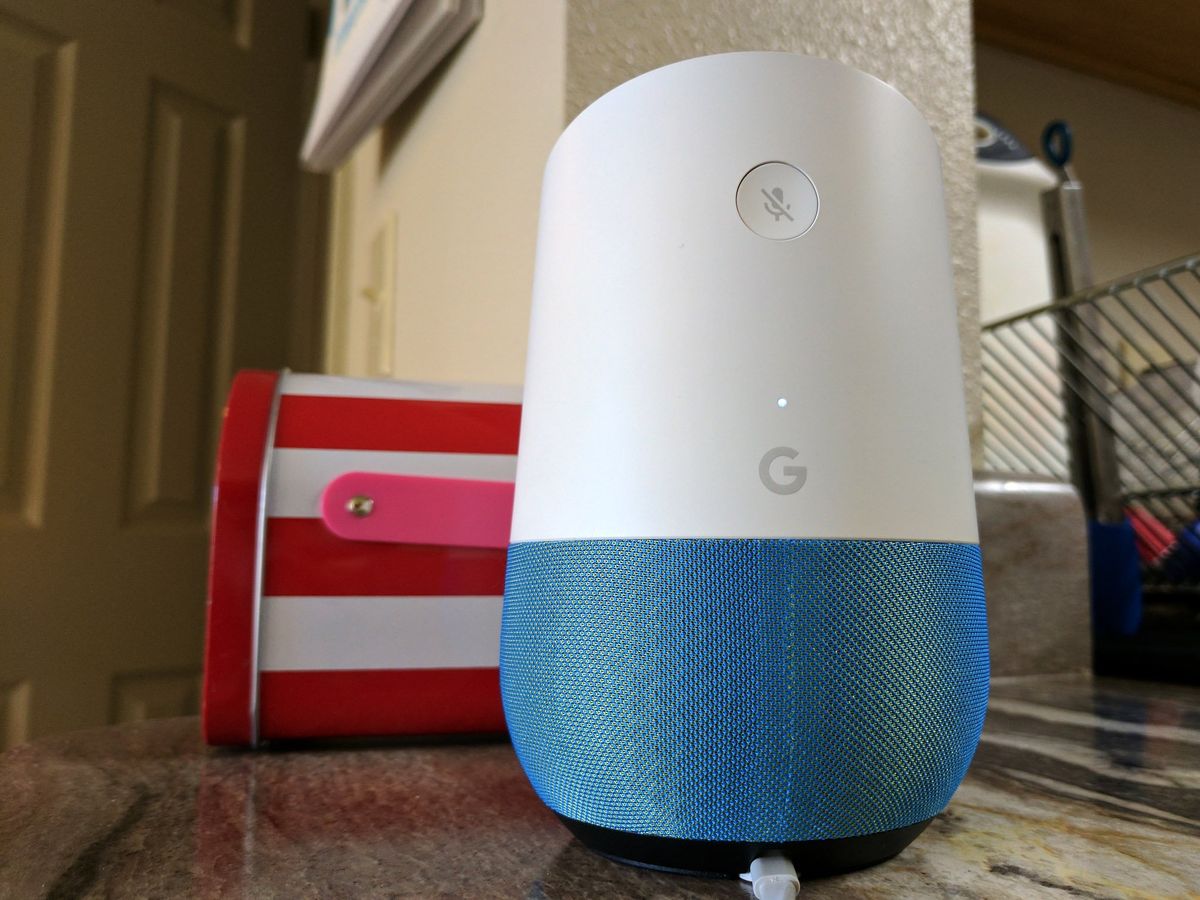
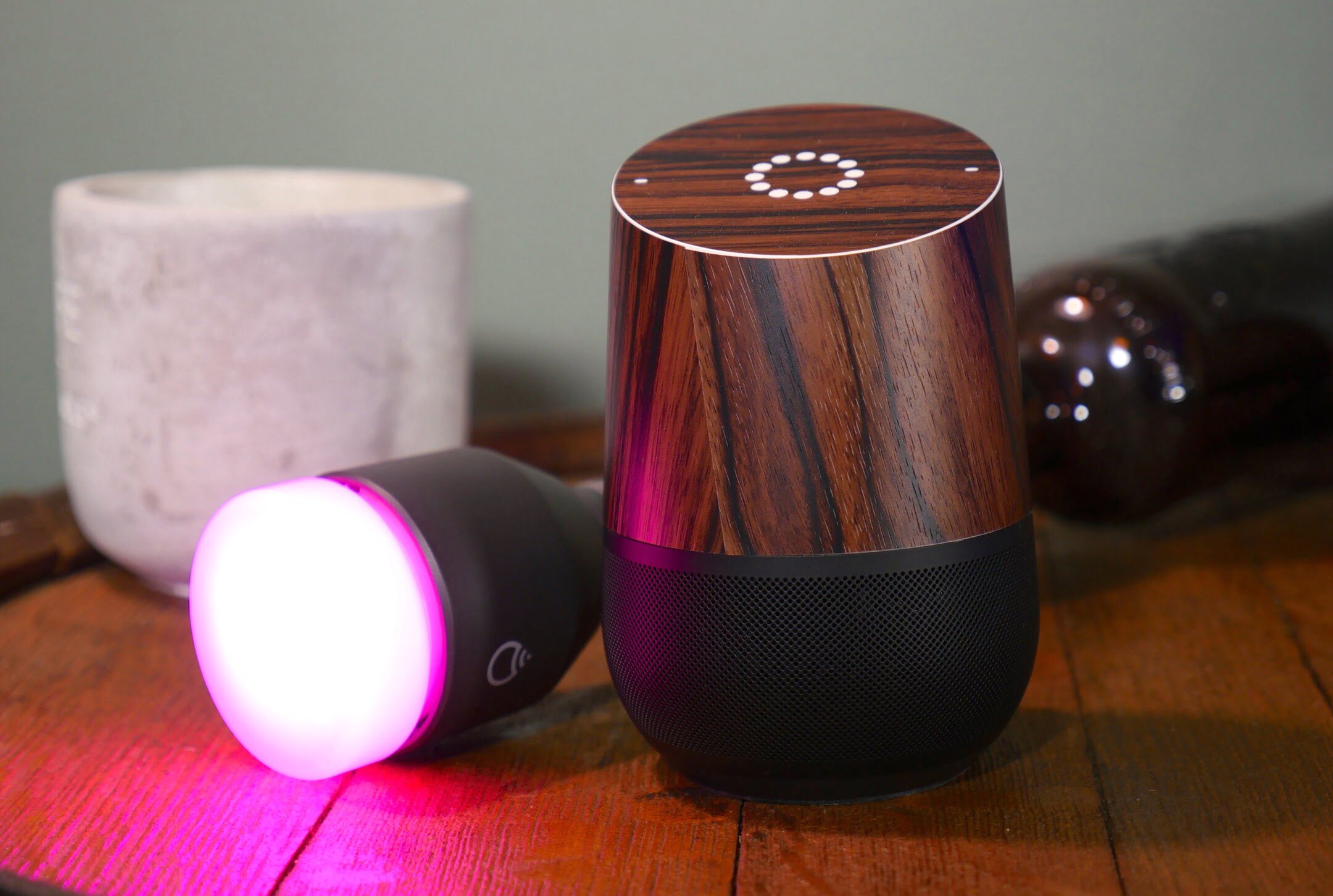
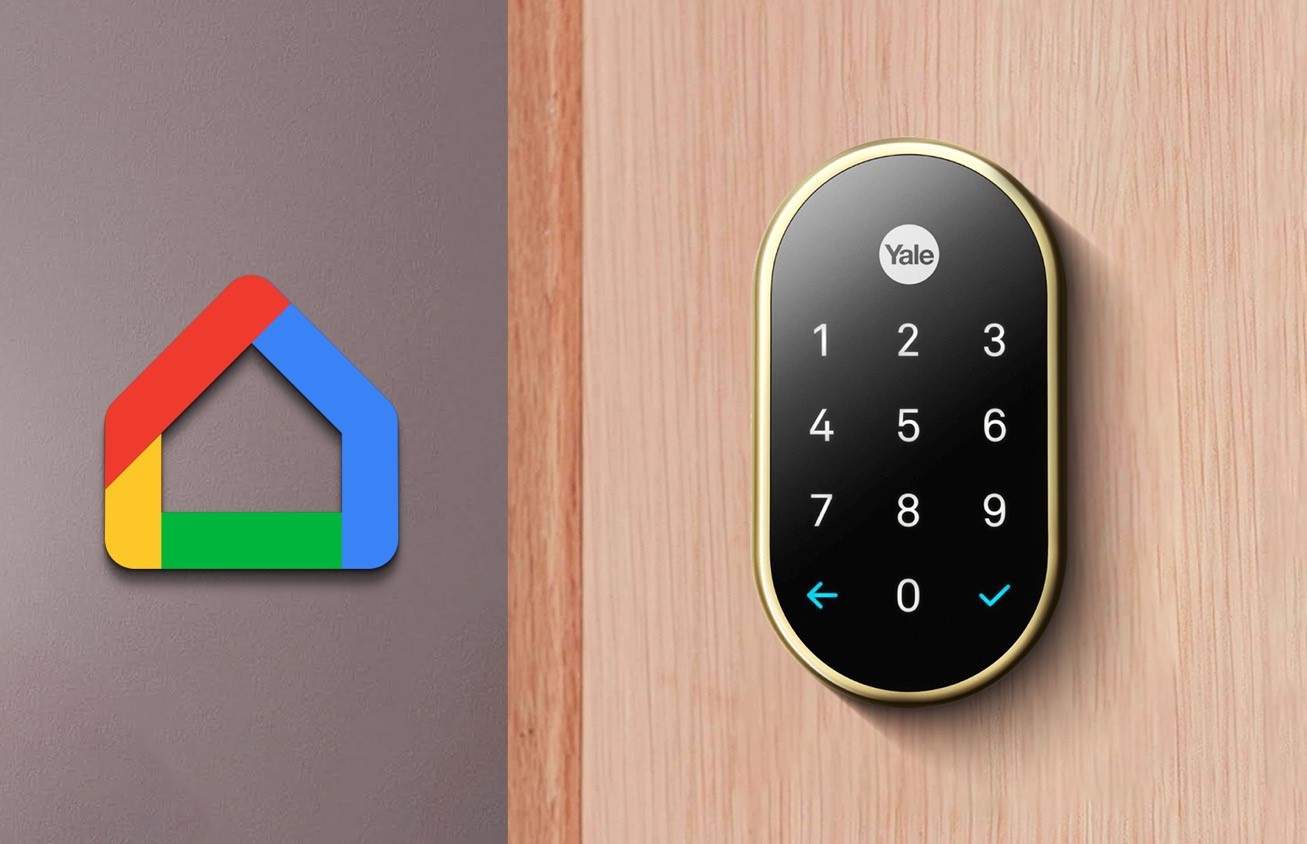
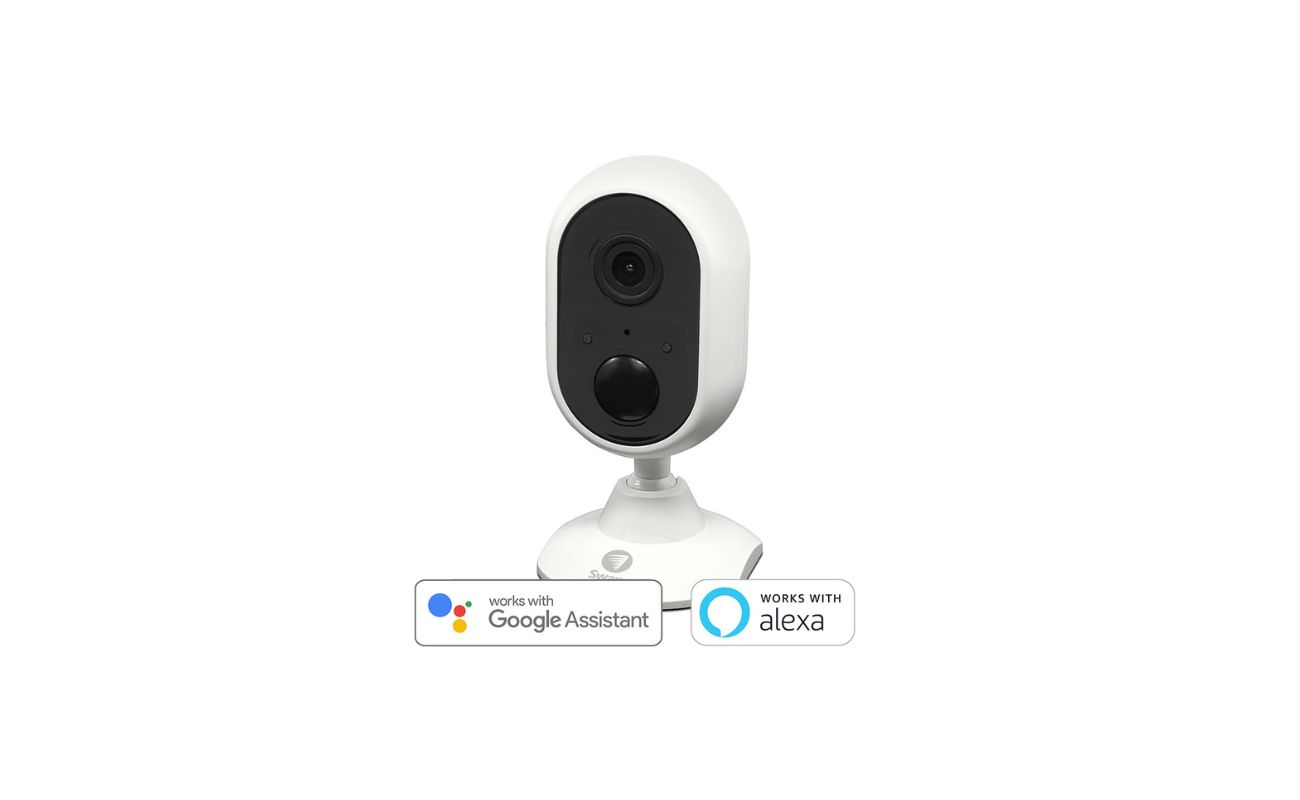
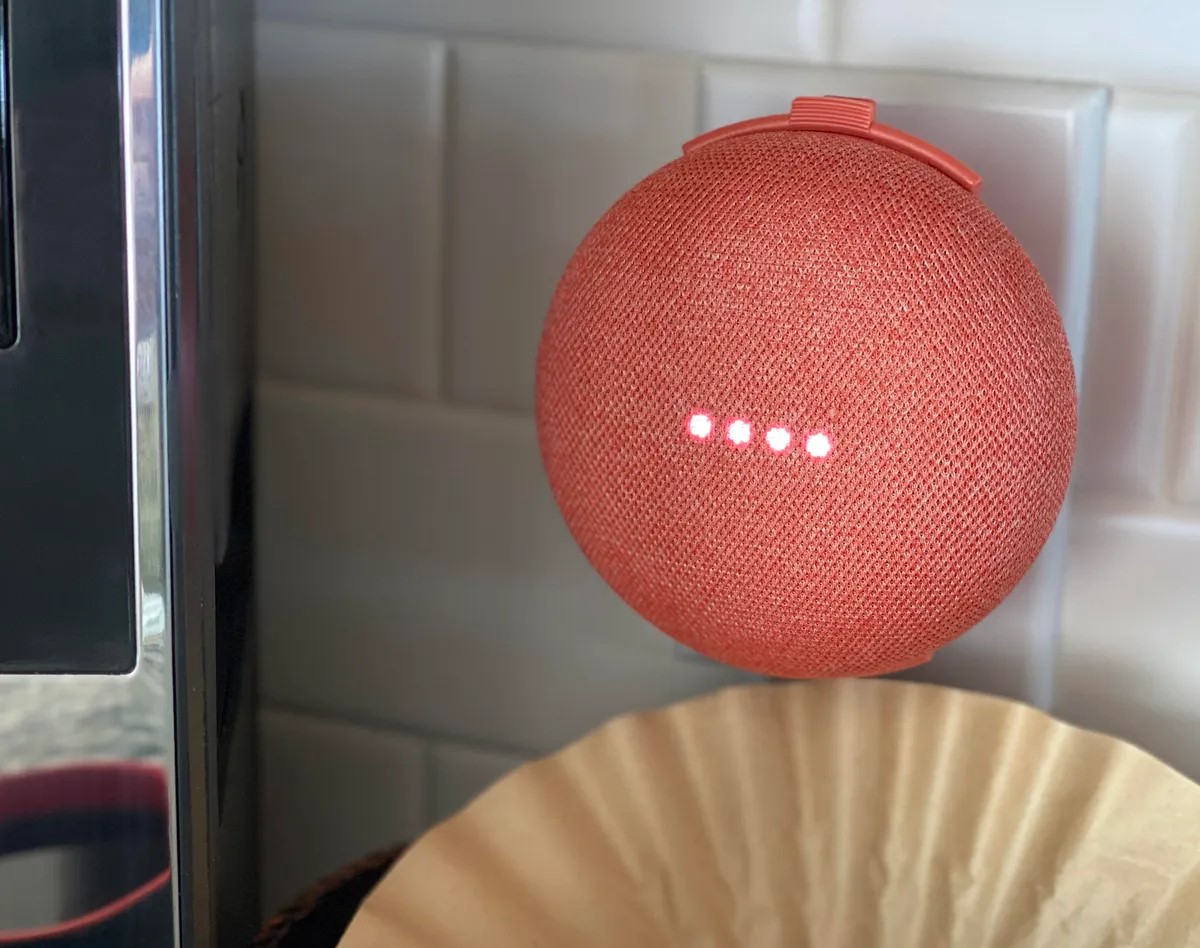

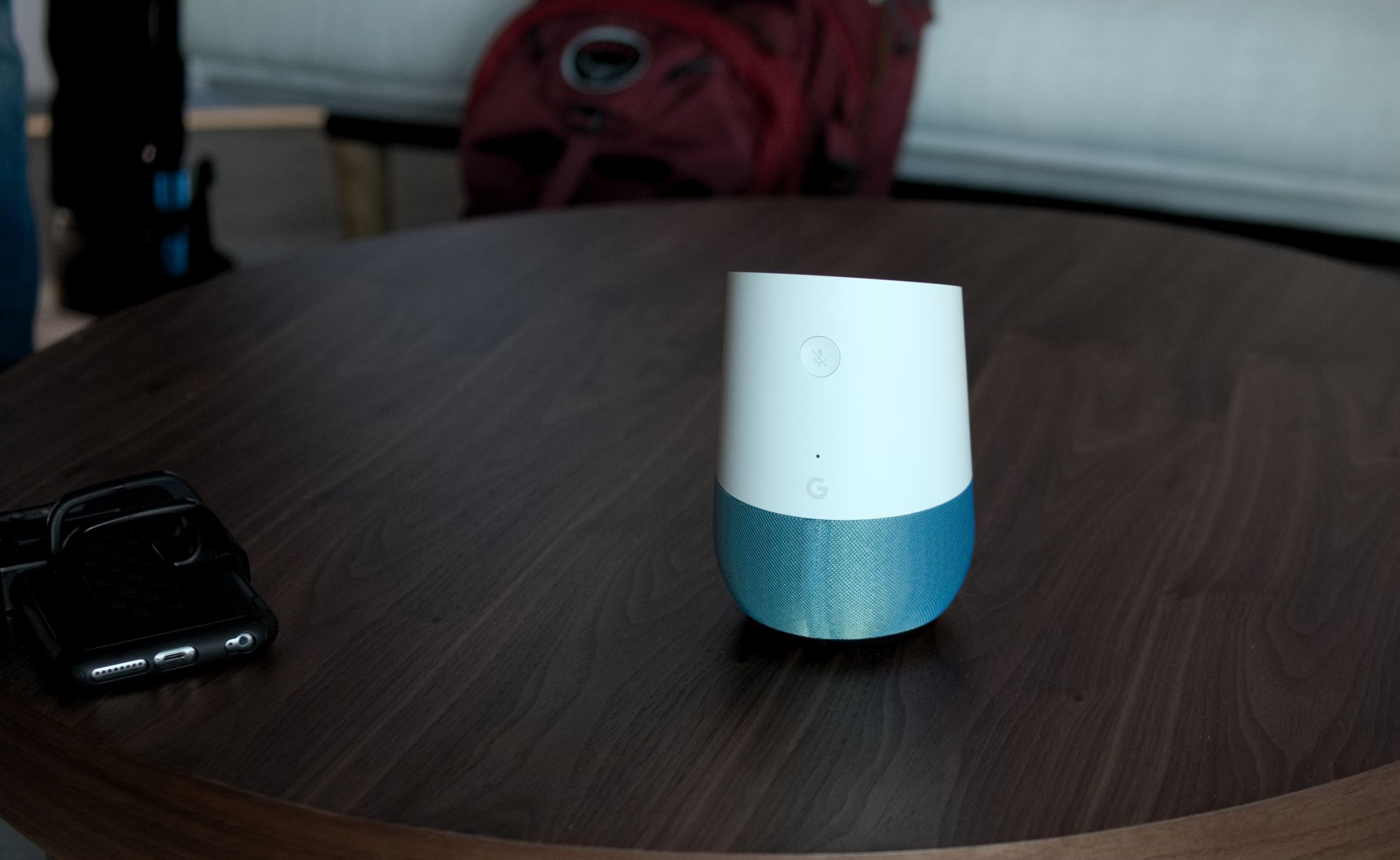
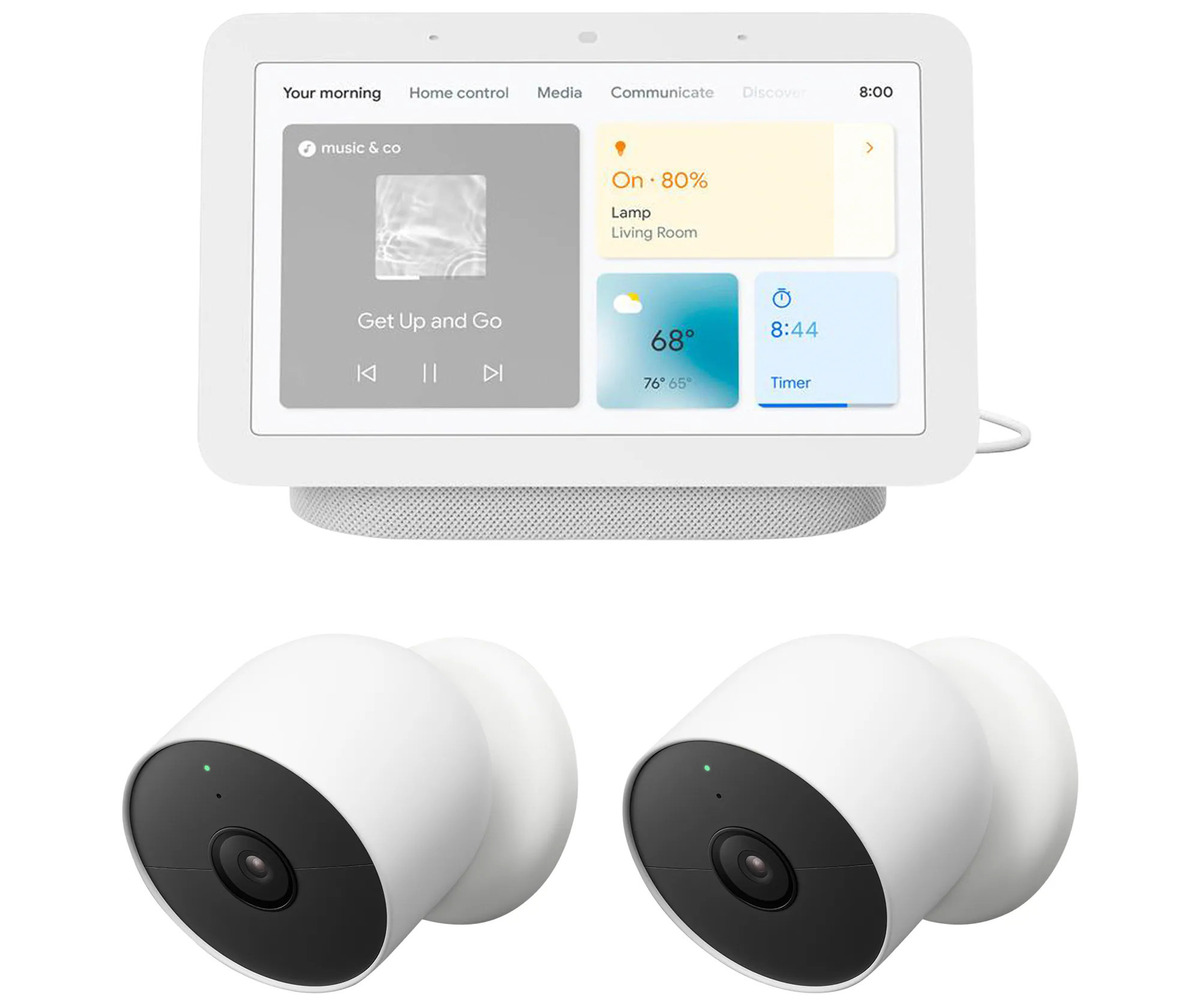

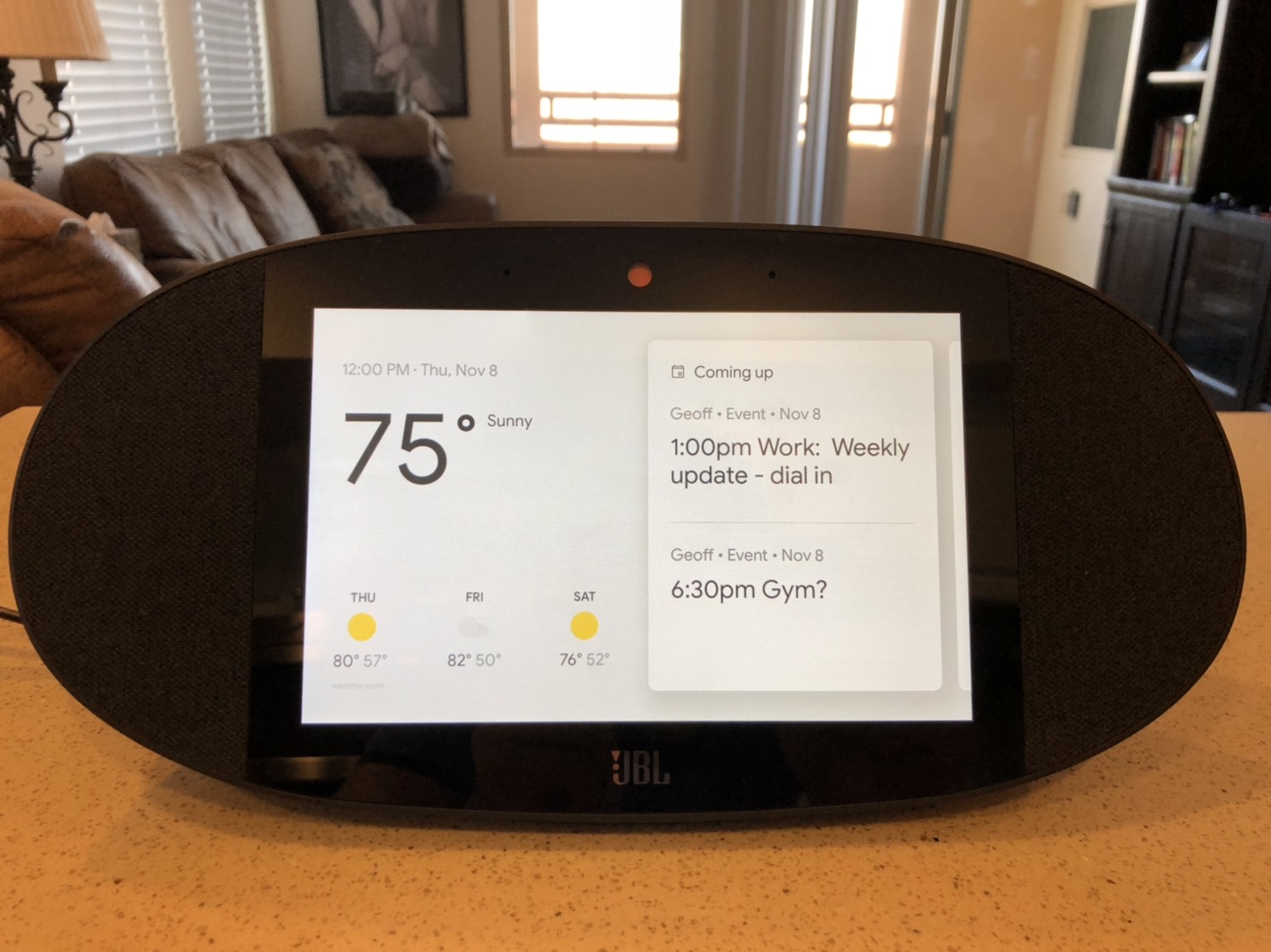
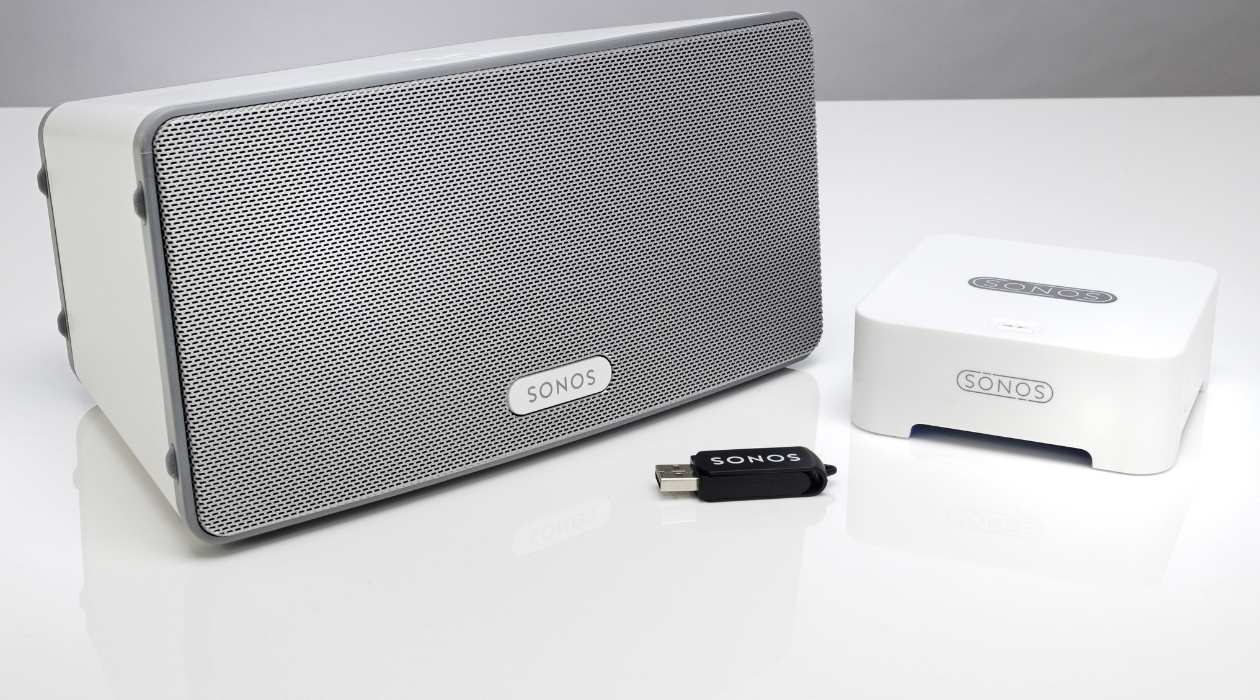

0 thoughts on “When Will Sonos Work With Google Home?”